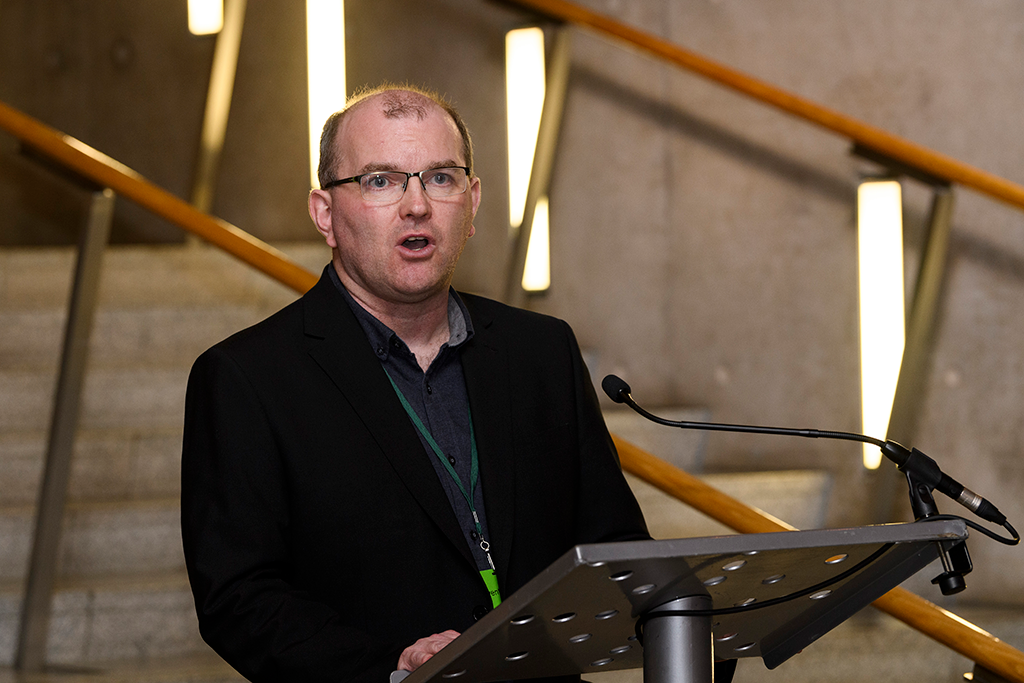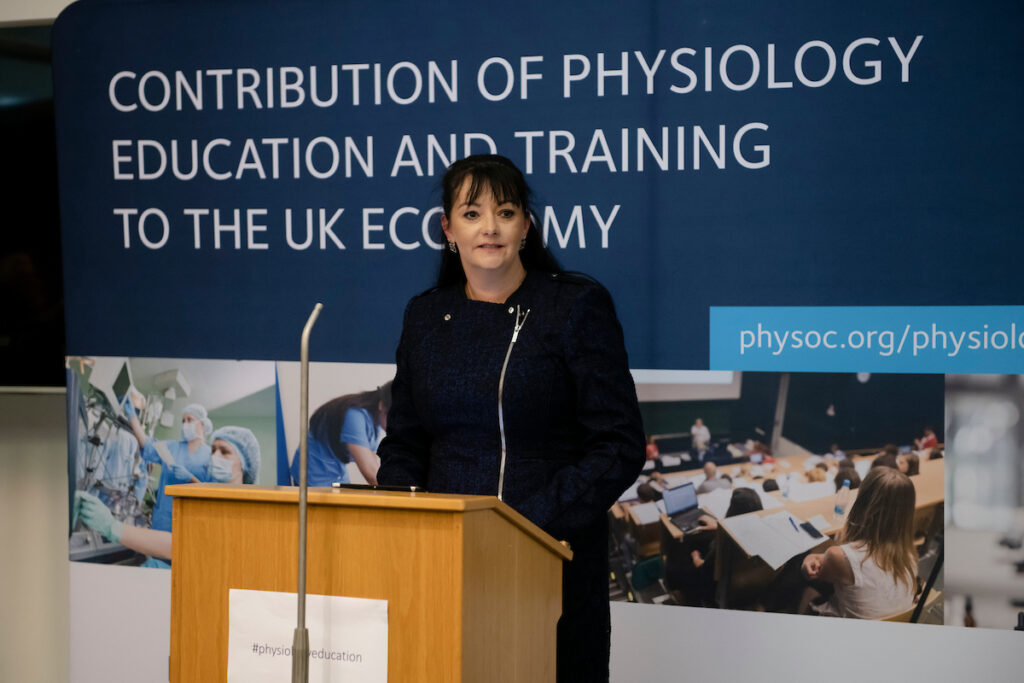The Scottish Funding Council’s Strategic Plan 2022-27 notes their ambition for ‘Building a connected, agile, sustainable tertiary education and research system for Scotland’. This aligns succinctly with the ambitions of the United Nation’s Sustainable Development Goals (SDGs).
What are the Sustainable Development Goals?
Building on the principle of “leaving no one behind”, the SDGs emphasise a holistic approach to achieving sustainable development for all. They combine a number of initiatives targeting the end of poverty and other socio-economic inequalities with objectives relating to improving health and education, while tackling climate change and working to preserve the planet’s oceans, agriculture, wildlife and forests.
The SDGs reach across 17 different areas, where education and health underpin key targets in almost all these diverse development areas. For example, Goal 2 focusing on ending global hunger and food insecurity includes targets to improve childhood development, reduce malnutrition across the whole population and reduce the prevalence of anaemia among pregnant women. Similarly, Goal 13 to tackle climate change includes a target to reduce the number of deaths, missing persons and directly affected persons attributed to disasters per 100,000 population.
Improving health is therefore at the heart of the SDGs, and Scotland’s response to these challenges will only be successful if we take a whole life course approach.

How can physiology inform the delivery of the SDGs?
Physiology, as the science of how the human body works and maintains homeostasis in the face of changing external stimuli, is fundamental to achieving these SDGs. The Physiological Society’s new report highlights the role of physiological research in preserving the health of our planet and promoting long-term sustainable development. Physiology is also essential to the training and education of the next generation of Scotland’s research and healthcare science community. This will equip them with the skills required to undertake cutting edge research and ensure that Scottish science is at the forefront of a more sustainable world.
Scotland is world leading in the physiological sciences, with a proud history of Nobel Prize winners continued today.
The Chief Healthcare Science Officer in Scottish Government, Catherine Ross, is head of profession for the scientific workforce within the NHS in Scotland. Catherine is responsible for the leadership and professional advice on all aspects of policy which impacts over 50 different scientific job roles within NHS Scotland. Many of these are underpinned by an education or understanding in physiology. As our healthcare needs to evolve, we must ensure that healthcare science roles are recognised and the skills of healthcare scientists are well placed to respond to a changing world.

Scotland and the SDGs
Scotland’s universities have an international reputation for excellent research which delivers economic and social benefits both at home and abroad. This research is critical in developing innovations that the world will rely on to meet the ambitions of the SDGs.
Nine of Scotland’s higher education institutions have signed up at the Principal level to the SDG Accord, a pledge for universities and colleges, who commit to embedding the SDGs (as many as possible) into their education, research, leadership, operations, administration and engagement activities. They also commit to aligning all major efforts with the SDGs; over a third of Scotland’s research in the last decade was directly related to the ambitions set out by the SDGs.
Conclusion
Healthcare science week is a timely reminder that health, and the research and staff that deliver it, are at the heart of our response to building a more equitable and sustainable future for all.
